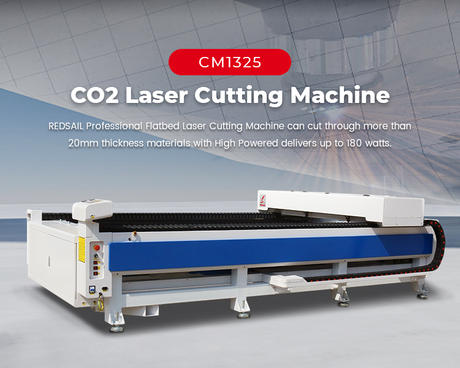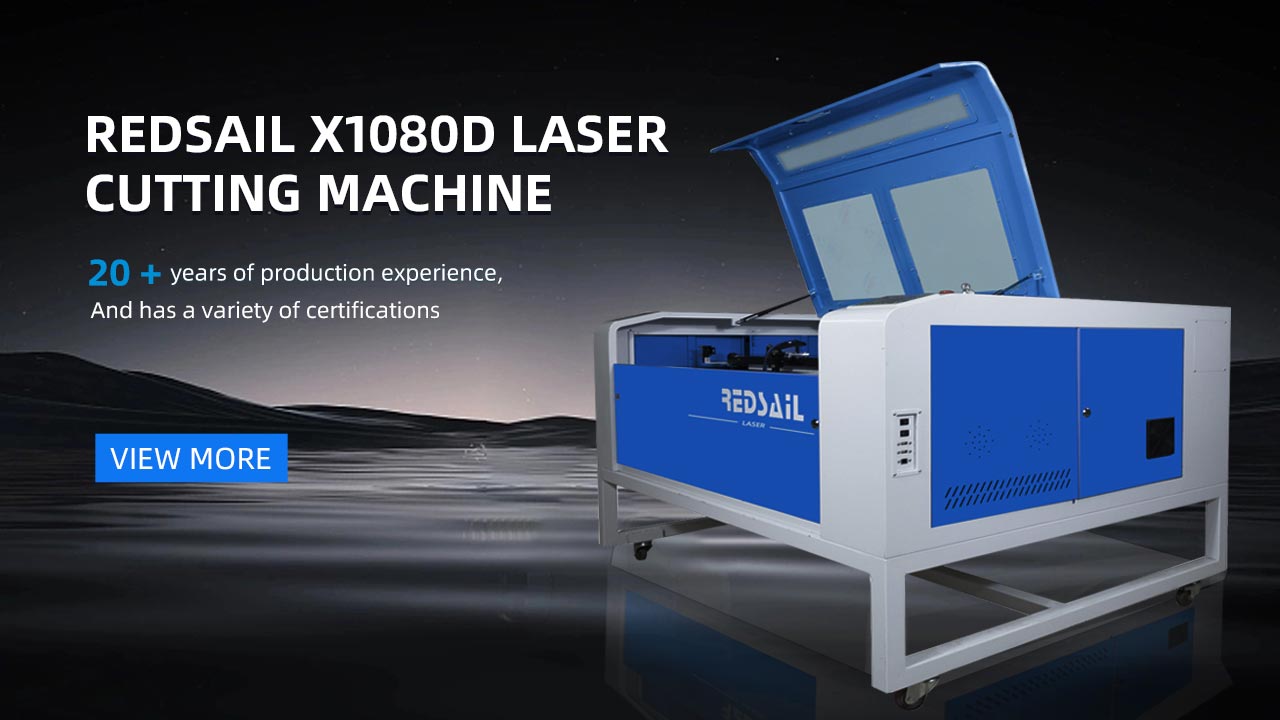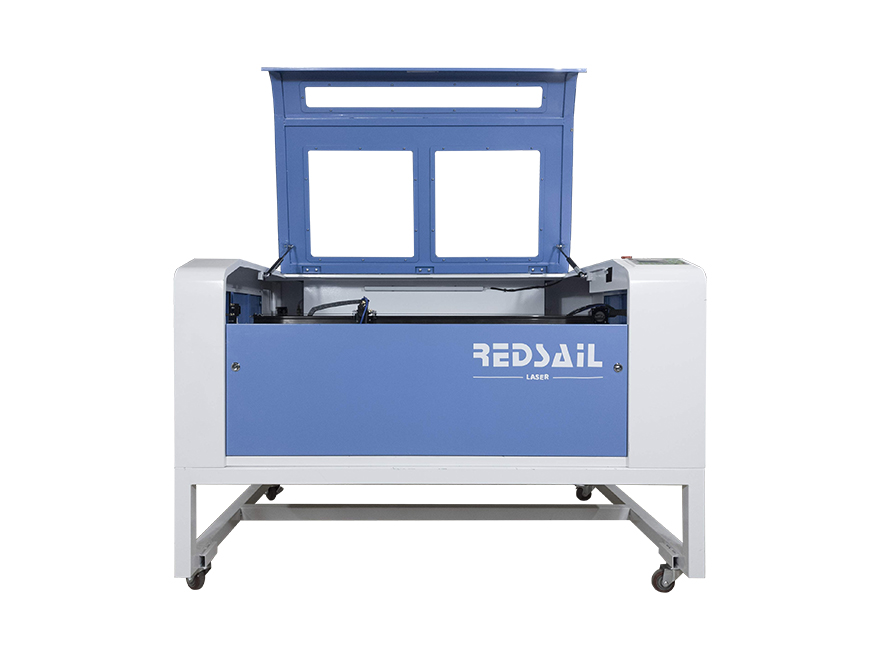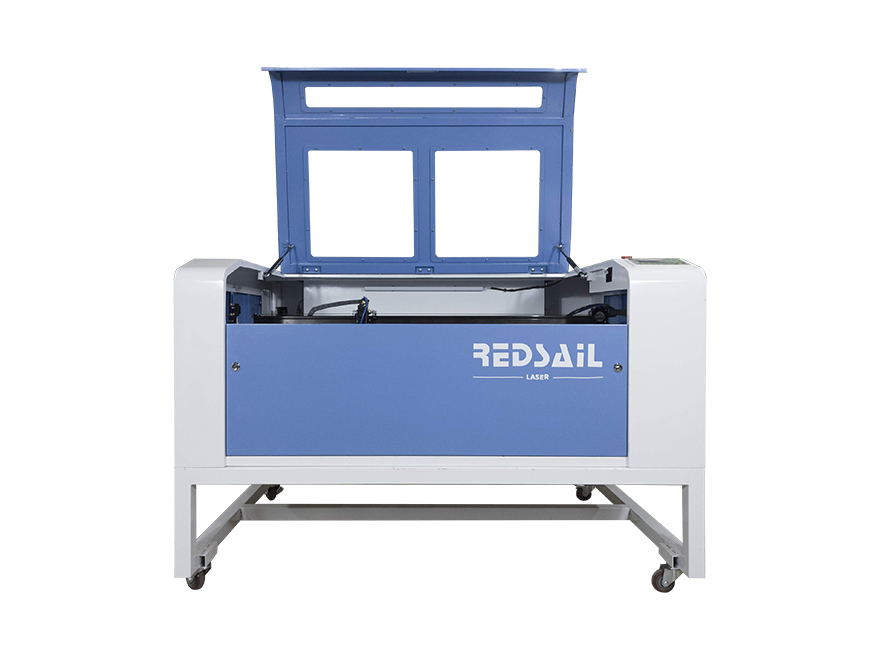
Fiber optic and CO2 each have their own advantages!
If your plate thickness is concentrated at 3mm, you must choose CO2 laser.
Firstly, laser cutting and welding equipment is the mainstream traditional equipment. CO2 lasers can stably cut carbon steel, stainless steel, and aluminum alloys below 8mm. When the fiber optic cutting machine cuts a thick plate of 4mm, it is influenced by the wavelength of the solid laser due to the wavelength of the solid laser. Laser cutting machines are not omnipotent either. The wavelength of a CO laser is 10.6um, while the wavelength of a solid-state laser, YAG, or fiber laser is 1. The former is easily absorbed by non-metals and can cut high-quality non-metallic materials such as wood, acrylic acid, PP, and organic glass. The latter is not easily absorbed by non-metals and cannot cut non-metallic materials. However, the two types of lasers come into contact with high reflective materials such as copper, silver, and pure aluminum.
Secondly, it is precisely because the wavelength difference of CO2 fiber lasers is an order of magnitude. The former cannot be transmitted using optical fiber, while the latter can be transmitted using optical fiber, greatly improving the flexibility of processing. Before the launch of fiber lasers on the market, in order to achieve 3D processing, we used optical joint technology to guide the 3D curved surface CO laser through a highly accurate dynamic combination mirror system. Due to the limitations of domestic precision processing technology, laser 3D processing is mainly controlled by a few developed countries in Europe and the United States, which is expensive and requires high maintenance. With the gradual expansion of fiber laser market share, its market has gradually lost. Due to the fact that fiber laser can be transmitted through optical fibers, its flexibility is unprecedented, especially for the automotive industry, as it basically processes the surface of about 1mm thin plates. Combining fiber laser with equally flexible robot systems, it has low costs, fewer fault points, convenient maintenance, and extremely fast speed.
Thirdly, the photoelectric conversion rate of fiber laser is over 25%, while the photoelectric conversion rate of CO2 laser is only about 10%. Fiber laser has obvious advantages in terms of power consumption and supporting cooling systems. If there are multiple manufacturers of fiber laser, the price is more suitable, which solves the problem of thick plate cutting process. The threat of CO laser will be enormous. However, as an emerging laser technology, fiber laser is far less stable and reliable than CO laser, especially in terms of convenience in cutting thick plates and after-sales service, which requires long-term market observation.
According to international safety standards, laser hazards are classified into four levels, with CO2 laser being the least hazardous level and fiber laser being the most hazardous level, as short wavelengths are harmful to the human eye. For safety reasons, fiber laser processing requires a completely enclosed environment.
In summary, the direction of laser applications should be towards high-power CO2 lasers for more stable, larger, and faster machine tools.
Of course, purchasing a laser machine not only depends on which method is suitable, but also examines each manufacturer.
Some companies are good at cutting thick, while others have product users who are basically thin. Choose the field where laser cutting manufacturers excel based on their own products.



